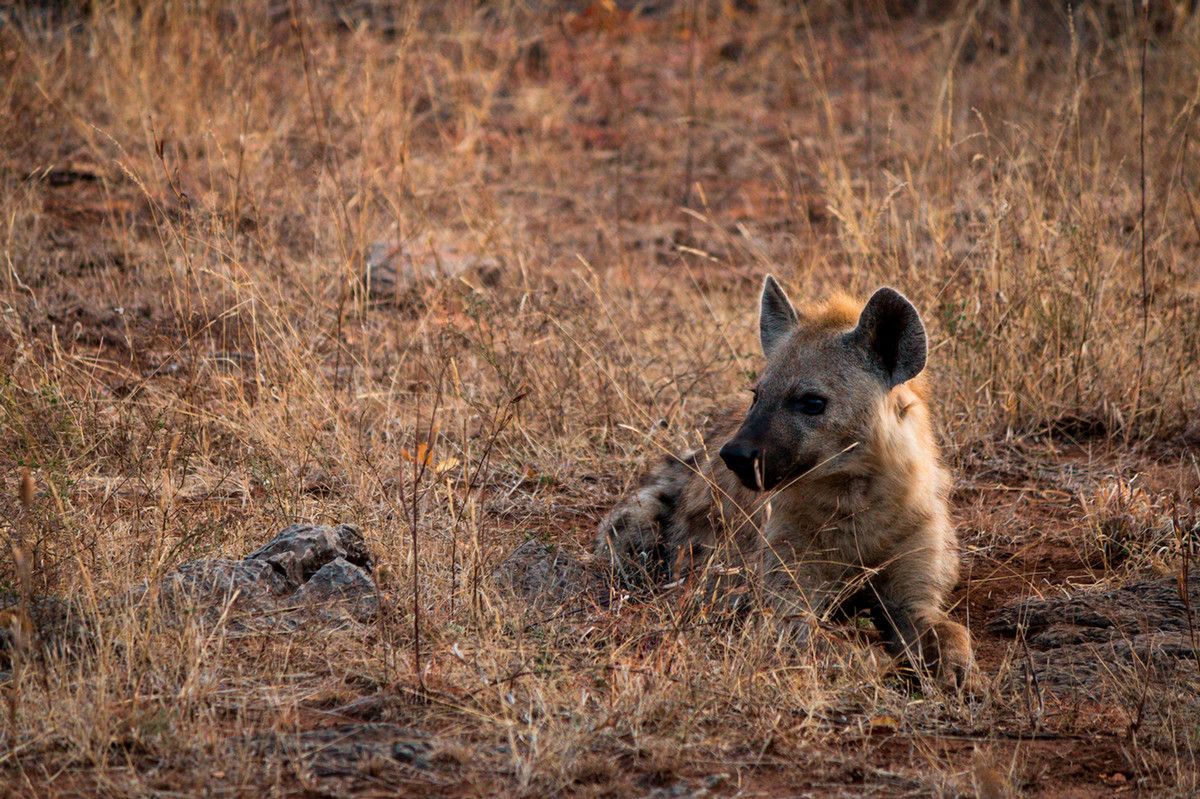Y’know, I could really use a time machine. I have so many questions about the past: was there ever an Atlantis? Who built Stonehenge?
Without a time machine on hand, I rely on researchers such as scientists, historians, and archeologists to solve ancient mysteries. And here’s something else I’m curious about: what’s a hyena doing in the Canadian Arctic?
I mean the Arctic during the Pleistocene, an epoch that stretched from 2.6 million to almost 12,000 years ago. We know from ancient skeletal remains that around one million years ago, hyenas of the Chasmaporthetes genus prowled the US and Mexico. But they also stalked the tundra—a fact we’ve learned from just two fossilized molars.
Ok, old teeth aren’t as impressive as a device to turn back the clock. In a paleontologist’s hands, though, they reveal hyenas migrated from Eurasia to North America along the Bering land bridge. In the Pleistocene, this strip of land connected Siberia to Alaska—a highway between continents.
Hyenas in the Arctic lived alongside saber-toothed cats and wild dogs. Though we think of them as scavengers, hyenas then and now are also active hunters, and Chasmaporthetes may have hunted caribou, and even young mammoths. With long legs, they were likely faster than today’s hyenas, and their strong jaws cracked the bones of prey. Researchers think they may have had dense fur that paled in winter for better camouflage.
No one has found other Arctic fossils of Chasmaporthetes. Does this suggest a small population? A mere pitstop on the decades-journey south? Those two teeth can’t tell us. But perhaps, someday, time travel will answer our questions.










